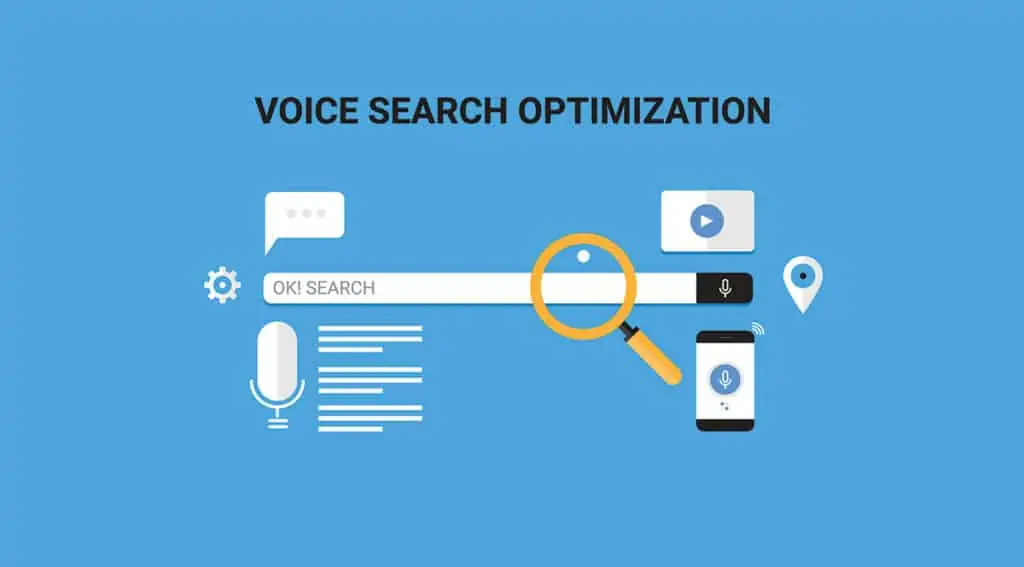Top Digital Marketing Trends to Watch in 2024
In the ever-evolving world of digital marketing, staying ahead of trends is critical for businesses to maintain a competitive edge. As we step into 2024, marketers must embrace innovations that drive engagement, improve customer experiences, and foster brand loyalty. Here’s an in-depth look at the top digital marketing trends shaping the industry in 2024.
1. Artificial Intelligence (AI) and Automation
AI continues to transform how marketers create, optimize, and manage campaigns. From chatbots to content generation and predictive analytics, AI offers tools to streamline processes and deliver personalized experiences.
Key Applications of AI in Marketing:
- Personalization: AI-driven algorithms analyze customer data to deliver tailored content and product recommendations.
- Chatbots: AI-powered chatbots handle customer inquiries in real-time, providing seamless support and improving user experiences.
- Content Creation: Tools like ChatGPT assist in generating copy, blog posts, and social media captions, saving time and resources.
- Predictive Analytics: AI helps forecast trends, customer behavior, and campaign performance, allowing for data-driven decisions.
Takeaway: Embrace AI tools to automate repetitive tasks and enhance personalization, leading to more efficient and impactful marketing efforts.
2. Voice Search Optimization
The rise of voice-activated devices such as Amazon Alexa, Google Assistant, and Apple’s Siri has made voice search optimization a necessity. Consumers increasingly use voice commands to search for information, shop, and interact with brands.

Strategies for Voice Search Optimization:
- Focus on Conversational Keywords: Voice searches are often more natural and conversational. Optimize content with long-tail keywords and question phrases.
- Answer Direct Queries: Structure content to answer common questions directly, increasing the chances of being featured in voice search results.
- Local SEO: Voice searches often include local intent, making it essential to optimize for “near me” searches and local listings.
Takeaway: Optimize your website and content for voice search to capture a growing segment of users seeking quick, hands-free solutions.
3. Video Marketing Dominance
Video content remains a powerful tool for engagement, with platforms like TikTok, Instagram Reels, and YouTube Shorts leading the way. Short-form videos, in particular, are gaining traction due to their ability to capture attention quickly.
Effective Video Marketing Strategies:
- Create Short, Snappy Content: Focus on videos under 60 seconds that deliver value and entertainment.
- Leverage User-Generated Content: Encourage customers to share their experiences with your brand through video, boosting authenticity.
- Live Streaming: Host live events, Q&A sessions, and product launches to connect with your audience in real-time.
Takeaway: Invest in creating engaging video content that resonates with your audience and aligns with platform-specific trends.
4. Augmented Reality (AR) and Virtual Reality (VR)
AR and VR technologies are enhancing the customer experience by offering immersive and interactive content. AR, in particular, is gaining popularity in e-commerce, allowing users to visualize products in their space before making a purchase.
AR/VR Use Cases in Marketing:
- Virtual Try-Ons: Fashion and beauty brands use AR to let customers try on clothes or makeup virtually.
- Immersive Experiences: Brands create virtual showrooms and interactive ads that engage users in a unique way.
- Training and Education: VR can be used for immersive training experiences and product demonstrations.
Takeaway: Explore AR and VR technologies to offer innovative experiences that captivate and engage your audience.
5. Privacy and Data Security
With growing concerns over data privacy, marketers must prioritize transparency and compliance with regulations like GDPR and CCPA. Consumers are becoming more selective about sharing their data, making trust a critical factor.
Best Practices for Data Privacy:
- Transparency: Clearly communicate how customer data is collected, used, and stored.
- Consent Management: Implement tools that allow users to manage their data preferences and consent.
- First-Party Data: Focus on collecting first-party data through direct interactions with customers, such as email subscriptions and surveys.
Takeaway: Adopt privacy-first strategies to build trust and comply with evolving data regulations while maintaining personalization.
6. Influencer Marketing Evolution
Influencer marketing continues to grow, but the focus is shifting toward authenticity and long-term partnerships. Micro-influencers and niche creators are gaining traction due to their highly engaged and loyal audiences.
Effective Influencer Marketing Strategies:
- Partner with Micro-Influencers: Collaborate with influencers who have smaller but highly engaged followings in your niche.
- Long-Term Collaborations: Build ongoing relationships with influencers to create consistent and authentic content.
- Focus on Authenticity: Prioritize influencers who align with your brand values and can genuinely promote your products.
Takeaway: Invest in meaningful influencer partnerships that foster trust and drive authentic engagement.
7. Interactive Content
Interactive content, such as quizzes, polls, and interactive infographics, is gaining popularity as it boosts engagement and provides valuable insights. This type of content encourages users to actively participate, enhancing their experience.
Types of Interactive Content:
- Quizzes and Surveys: Create quizzes that entertain and inform while gathering customer preferences.
- Polls and Voting: Use polls on social media to engage your audience and gather opinions.
- Interactive Infographics: Design infographics that allow users to explore data and insights interactively.
Takeaway: Incorporate interactive elements into your content strategy to increase engagement and gather valuable customer data.
8. Social Commerce Expansion
Social media platforms are evolving into shopping destinations, with features that allow users to purchase products directly without leaving the app. Social commerce streamlines the customer journey and boosts conversions.
Tips for Social Commerce Success:
- Optimize Social Storefronts: Ensure your product listings are visually appealing and include detailed descriptions.
- Leverage Shoppable Posts: Use tags and links that allow users to shop directly from your posts.
- Collaborate with Influencers: Partner with influencers to showcase products and drive sales through social platforms.
Takeaway: Capitalize on social commerce by making it easy for users to discover and purchase your products on social media.
9. Personalization at Scale
Consumers expect personalized experiences that cater to their preferences and needs. Advances in AI and data analytics enable marketers to deliver personalization at scale, enhancing customer satisfaction.
Personalization Strategies:
- Segmented Email Campaigns: Send targeted emails based on customer behavior and preferences.
- Dynamic Content: Use dynamic website content that changes based on user interactions.
- Product Recommendations: Leverage AI to provide personalized product suggestions.
Takeaway: Use data-driven insights to deliver personalized experiences that resonate with individual customers.
10. Sustainability and Ethical Marketing
Consumers are increasingly supporting brands that prioritize sustainability and ethical practices. Companies that showcase their commitment to environmental and social responsibility will gain a competitive edge.
Sustainability Initiatives to Highlight:
- Eco-Friendly Products: Promote products made from sustainable materials or those with minimal environmental impact.
- Corporate Social Responsibility (CSR): Share stories about community involvement and charitable initiatives.
- Transparent Supply Chains: Highlight efforts to ensure ethical sourcing and production.
Takeaway: Emphasize your brand’s commitment to sustainability and ethical practices to connect with conscious consumers.
11. Podcast Marketing
Podcasts are gaining traction as a powerful medium for storytelling and brand building. They offer an opportunity to reach niche audiences and establish thought leadership.

Podcast Marketing Tips:
- Create Branded Podcasts: Launch a podcast that aligns with your brand’s expertise and interests.
- Sponsor Existing Podcasts: Partner with popular podcasts in your industry to reach a broader audience.
- Repurpose Content: Use podcast episodes as content for blog posts, social media, and email campaigns.
Takeaway: Consider podcasting as part of your content strategy to engage audiences in a unique and intimate way.
12. Blockchain Technology for Marketing Transparency
Blockchain technology is emerging as a tool for enhancing transparency and trust in digital marketing. It can help combat ad fraud and ensure the authenticity of digital ads and data.
Blockchain Applications in Marketing:
- Ad Verification: Use blockchain to verify ad impressions and clicks, reducing fraud.
- Data Security: Ensure secure and transparent data transactions.
- Smart Contracts: Automate and enforce agreements with influencers and partners.
Takeaway: Explore blockchain solutions to enhance trust and transparency in your marketing efforts.
Conclusion
The digital marketing landscape in 2024 will be shaped by innovations in AI, personalization, video content, and ethical practices. By staying ahead of these trends and adapting strategies accordingly, businesses can create impactful campaigns that resonate with their audiences and drive long-term success.
Now is the time to embrace these emerging trends and position your brand for a prosperous year ahead.
Top Digital Marketing https://prachi.xgreenmedia.com/Trends to Watch in 2024
